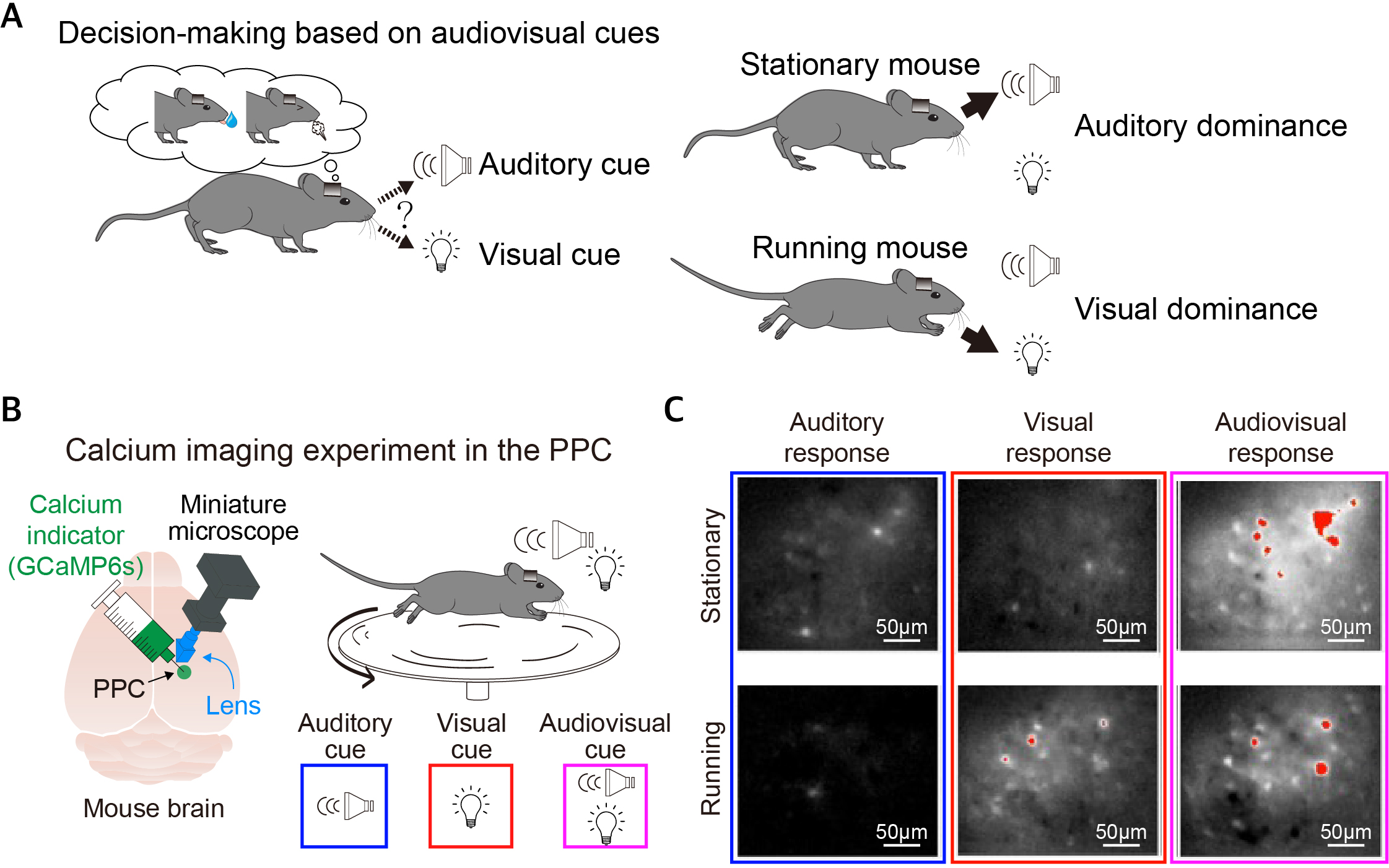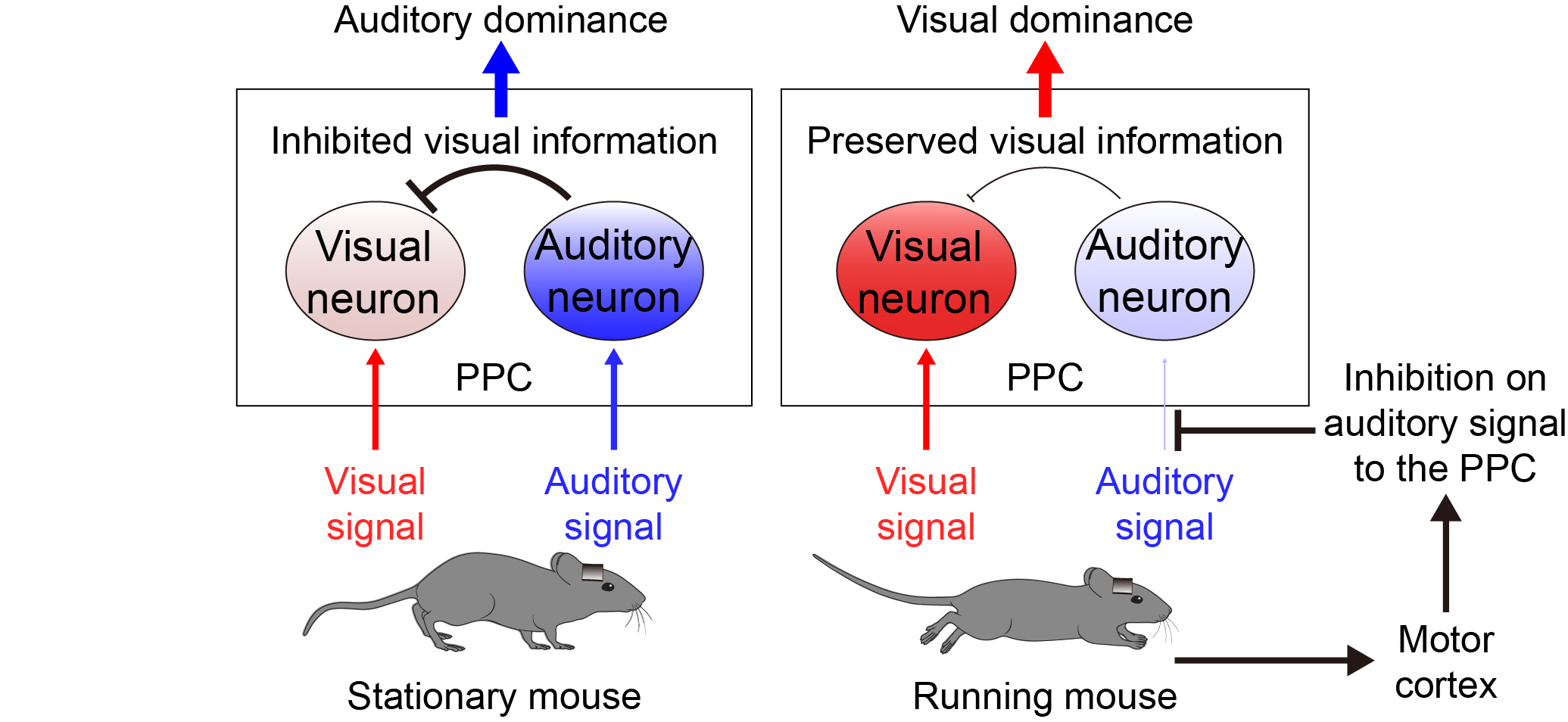주메뉴
- About IBS 연구원소개
-
Research Centers
연구단소개
- Research Outcomes
- Mathematics
- Physics
- Center for Underground Physics
- Center for Theoretical Physics of the Universe (Particle Theory and Cosmology Group)
- Center for Theoretical Physics of the Universe (Cosmology, Gravity and Astroparticle Physics Group)
- Dark Matter Axion Group
- Center for Artificial Low Dimensional Electronic Systems
- Center for Theoretical Physics of Complex Systems
- Center for Quantum Nanoscience
- Center for Exotic Nuclear Studies
- Center for Van der Waals Quantum Solids
- Center for Relativistic Laser Science
- Chemistry
- Life Sciences
- Earth Science
- Interdisciplinary
- Center for Neuroscience Imaging Research (Neuro Technology Group)
- Center for Neuroscience Imaging Research (Cognitive and Computational Neuroscience Group)
- Center for Algorithmic and Robotized Synthesis
- Center for Genome Engineering
- Center for Nanomedicine
- Center for Biomolecular and Cellular Structure
- Center for 2D Quantum Heterostructures
- Institutes
- Korea Virus Research Institute
- News Center 뉴스 센터
- Career 인재초빙
- Living in Korea IBS School-UST
- IBS School 윤리경영


주메뉴
- About IBS
-
Research Centers
- Research Outcomes
- Mathematics
- Physics
- Center for Underground Physics
- Center for Theoretical Physics of the Universe (Particle Theory and Cosmology Group)
- Center for Theoretical Physics of the Universe (Cosmology, Gravity and Astroparticle Physics Group)
- Dark Matter Axion Group
- Center for Artificial Low Dimensional Electronic Systems
- Center for Theoretical Physics of Complex Systems
- Center for Quantum Nanoscience
- Center for Exotic Nuclear Studies
- Center for Van der Waals Quantum Solids
- Center for Relativistic Laser Science
- Chemistry
- Life Sciences
- Earth Science
- Interdisciplinary
- Center for Neuroscience Imaging Research (Neuro Technology Group)
- Center for Neuroscience Imaging Research (Cognitive and Computational Neuroscience Group)
- Center for Algorithmic and Robotized Synthesis
- Center for Genome Engineering
- Center for Nanomedicine
- Center for Biomolecular and Cellular Structure
- Center for 2D Quantum Heterostructures
- Institutes
- Korea Virus Research Institute
- News Center
- Career
- Living in Korea
- IBS School
News Center
How Movement Affects the Way the Brain Processes Sound and Sight- New Study Reveals How the Brain Integrates Visual and Auditory Information Differently Depending on Movement - A research team at the Institute for Basic Science (IBS) has uncovered a fundamental principle of how the brain prioritizes vision and hearing differently depending on whether we are still or in motion. The study, led by Dr. LEE Seung-Hee, Associate Director of the IBS Center for Synaptic Brain Dysfunctions and Associate Professor at KAIST, provides new insights into how movement alters the brain's sensory decision-making process. In daily life, we constantly process visual (sight) and auditory (sound) information to navigate the world. For instance, when watching a movie, our brain seamlessly integrates images and sounds to create a complete experience. However, when moving—such as when walking on a busy street—our brain may prioritize visual information over sound. Until now, it was unclear how the brain decides which sense to prioritize in different situations. This is particularly relevant for individuals with sensory processing disorders such as autism or schizophrenia, where the brain may struggle to integrate sensory information correctly. Understanding how the brain naturally shifts between sensory inputs could lead to better treatments for these conditions. To investigate this phenomenon, the research team conducted behavioral experiments on mice while tracking real-time brain activity using miniature microscopes and optogenetics (a method that uses light to control neurons). The mice were trained to respond to both visual and auditory cues while running on a treadmill. The researchers found that when the mice were stationary, their brains relied more on sound to make decisions. However, when they were moving, their brains shifted to prioritize vision. Further analysis revealed the specific brain circuits responsible for this switch:
This study demonstrates that the brain does not treat all sensory inputs equally at all times—instead, it dynamically adjusts depending on movement and environmental needs. When stationary, sound is more useful for detecting nearby events, while vision takes priority during movement because it is more reliable for navigation. This discovery could have important implications for understanding and treating sensory processing disorders, where the brain may struggle to properly filter and prioritize sensory inputs. Dr. LEE Seung-Hee, the study’s lead researcher, emphasized the significance of the findings, stating, "Our study reveals how the brain flexibly shifts between vision and hearing based on behavior. This natural adaptability is crucial for survival, and understanding it could help us develop better treatments for individuals with sensory integration difficulties."
Notes for editors
- References
- Media Contact
- About the Institute for Basic Science (IBS)
|
| Next | |
|---|---|
| before |
- Content Manager
- Public Relations Team : Yim Ji Yeob 042-878-8173
- Last Update 2023-11-28 14:20













